What should a new deal with Iran look like?
By Oren Setter, Itamar Lifshitz | February 7, 2025
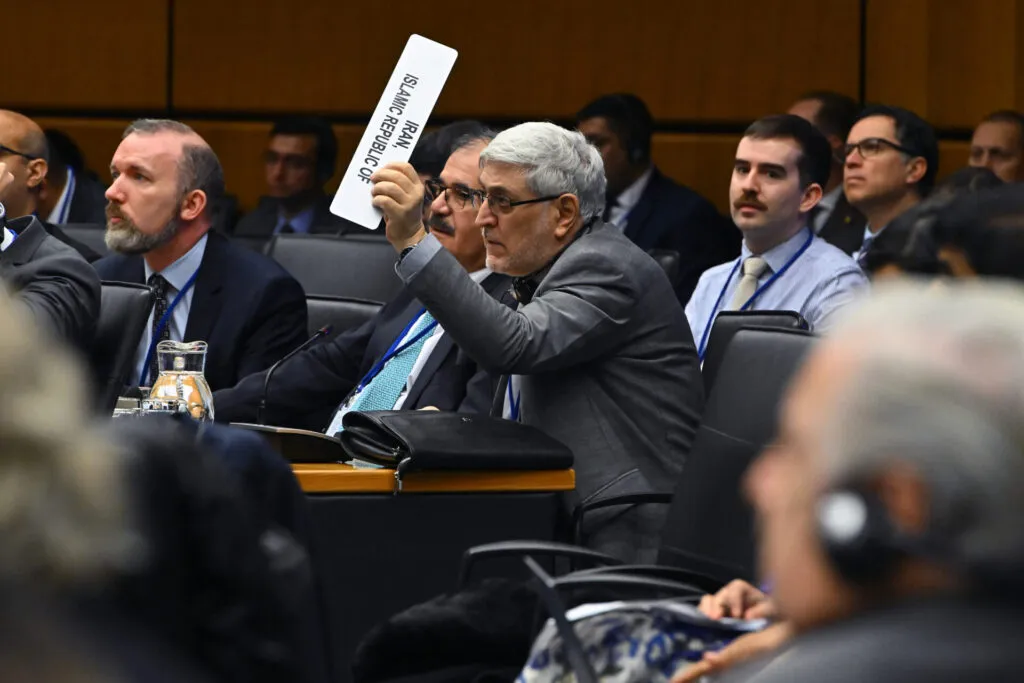 Mohsen Naziri Asl, the Representative of Iran to the International Atomic Energy Agency (IAEA) at the Agency headquarters in Vienna, Austria on November 20, 2024. The IAEA has developed safeguards to monitor nuclear programs that are the bedrock to enforce a nuclear agreement with Iran. (Credit: Dean Calma / IAEA)
Mohsen Naziri Asl, the Representative of Iran to the International Atomic Energy Agency (IAEA) at the Agency headquarters in Vienna, Austria on November 20, 2024. The IAEA has developed safeguards to monitor nuclear programs that are the bedrock to enforce a nuclear agreement with Iran. (Credit: Dean Calma / IAEA)
This year promises a showdown on Iran’s nuclear program. In October 2025, the ability to “snap back” UN Security Council sanctions on Iran will sunset, potentially losing key diplomatic leverage. Meanwhile, Israel’s strikes last October against Iran’s strategic air defense systems have increased the credibility of a foreign military threat to Iran. With Lebanon’s Hezbollah weakened, Syria’s Assad regime fallen, and Gaza’s Hamas militarily dismantled, Iran’s regional posture has deteriorated. Against this backdrop, the new Trump administration has started to re-exert “maximum pressure” on Iran, embracing tough rhetoric and openly debating the option of military action. President Donald Trump withdrew in 2018 from the “horrible, one-sided” Iran nuclear deal, formally known as Joint Comprehensive Plan of Action or JCPOA. But after assuming office for a second term, he recently stated that the United States needs to make a new deal with Iran. Iran might engage in negotiations to relieve pressure, opening opportunities for the international community to pursue a “better deal.”
Iran’s nuclear program is at its most advanced status ever. Experts assess that Tehran can produce fissile material for a nuclear bomb (one “significant quantity”) in about a week. It has two vast protected enrichment facilities, thousands of installed advanced centrifuges, and full control of the nuclear fuel cycle. Iran can leverage nuclear weaponization knowledge that exists in its Defense Ministry to develop a nuclear weapon in about two years by conservative estimates or as short as six months (or less) under an accelerated crash program.
In trying to achieve a new agreement, one needs to assess what a “better deal” really means. In recent years, some have called for a broader, stronger, and longer deal. However, a new deal should still be focused on Iran’s nuclear program, and Western negotiators should prioritize its length and—a new factor—its stability.
Broader. A prominent criticism of the JCPOA was that it focused on Iran’s nuclear program despite Iran posing a greater threat with its malign regional activity, advanced missile and drone programs, and terrorism efforts. Even so, there are downsides to expanding the agreement beyond the nuclear issue.
Nuclearization is different from all the other threats posed by Iran. It is more dangerous, more urgent, and is the only threat that is existential for other countries—primarily Israel. Prioritizing the nuclear issue in negotiations with Iran can improve the chances of creating a robust mechanism that addresses this most important issue.
In addition, the International Atomic Energy Agency (IAEA) has developed safeguards to monitor nuclear programs for many decades. These safeguards create solid bedrock to enforce a nuclear agreement. An agreement on other threats would require defining agreed-upon criteria and verification methods, something that would take years—more than the threat it seeks to address—or would otherwise be declarative and ineffective. On a regional level, other threats can be addressed outside of the agreement with tools such as regional coalitions and conventional force buildup. The agreement with Iran should focus on its nuclear program—and only that.
Stronger. The JCPOA sought to prevent Iran from acquiring a nuclear weapon undetected and obtaining fissile material for a nuclear weapon in less than a year. After the US withdrawal, experts debated whether the agreement had achieved this goal or if the “breakout time”—the amount of time needed to produce enough weapons-grade highly enriched uranium to build a nuclear weapon—was just 10 months. A decade later, this question is no longer relevant. Iran’s nuclear progress will make it difficult for any agreement to roll back capabilities and achieve a breakout time of a year.
The past 10 years have also proven that the main factor holding back the Iranian nuclear program is not technical but political. Despite getting worryingly close, Iran does not possess uranium enriched to 90 percent. Not because it cannot do it but because it chooses not to do so.
A future agreement does not need to focus on imposing significantly stronger limitations on Iran’s nuclear program. A breakout time of six months will allow enough time to use diplomatic, economic, and even military means to deny Iran the ability to build a nuclear weapon. This could open room for international compromise that would help facilitate meaningful negotiations.
Longer. The JCPOA gave Iran permanent benefits in the form of sanctions relief in return for temporary concessions on its nuclear program. The JCPOA was limited for 10 years and did not include an extension mechanism. Though 10 years may have seemed like a long enough period back in 2015, the international community finds itself once again in crisis mode with Iran’s nuclear program.
Any future agreement should address the fundamental “sunset” flaw. One way would be for Iran to agree to uphold limitations on its nuclear program for a much longer timeframe, at least several decades. Alternatively, Iran and the international community could agree on another deal for a decade, but one that can inherently be extended—a deal in which the benefits for Iran continue only so long as the limitations are in place. As the deal would near expiration, Iran could decide to extend the limitations for another decade and enjoy temporary sanctions relief for that period. Should Iran want permanent sanctions relief, it would have to provide the IAEA with what it needs to reach a “broader conclusion” about the peaceful nature of its nuclear program and address all open inquiries on its military nuclear activity. In this case, unlike in the JCPOA, a “broader conclusion” would be a meaningful condition for sanctions relief rather than just a mere auxiliary.
The missing criterion of stability. While the JCPOA has been accused of being “fatally flawed,” it turned out that the fatal flaw of the deal, literally, was its dependence on executive decisions alone, which allowed the US president to single-handedly collapse the deal. Once the United States pulled out of the agreement, Iranian “nuclear responses” were perceived as legitimate by the international community and did not trigger the snapback of sanctions. This gap highlights one of the most overlooked parameters for assessing the success of a new deal: its stability.
Regardless of whether withdrawing from the deal was right or wrong, it is obvious that for Iran, a new agreement must include means to deter all sides from violations. These tools can include the ratification of the agreement as a treaty alongside other ways to give Iran confidence in the agreement. (For example, Iran could keep stockpiles of highly enriched uranium in a third-party country, which would be returned to Iran should the agreement collapse.) If the negotiators believe in the agreement, they need to ensure that it is durable.
Not perfect but durable. In 2015, some may have hoped that the JCPOA would be a catalyst for deeper political change in Iran. But 10 years after, it is difficult to imagine the Iranian regime would have changed its nature. A new agreement should, therefore, aim to fulfill a more focused and concrete goal: preventing Iran from ever acquiring a nuclear weapon. A new agreement that capitalizes on the leverage created by economic sanctions and foreign military threats could contain Iran’s nuclear ambitions.
No deal will be perfect. From a negotiating perspective, it may seem beneficial to present maximalist demands. However, for a new agreement to be effective, it will have to still focus on the nuclear issue and highlight its length and stability at its core.
Together, we make the world safer.
The Bulletin elevates expert voices above the noise. But as an independent nonprofit organization, our operations depend on the support of readers like you. Help us continue to deliver quality journalism that holds leaders accountable. Your support of our work at any level is important. In return, we promise our coverage will be understandable, influential, vigilant, solution-oriented, and fair-minded. Together we can make a difference.
Keywords: Iran, Iran nuclear deal, Iran-Israel conflict, JCPOA, Trump administration, United States, nuclear proliferation
Topics: Nuclear Weapons


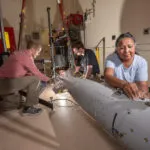
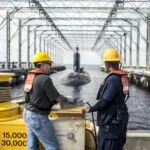
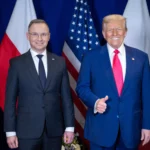
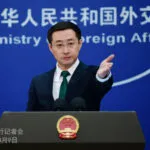
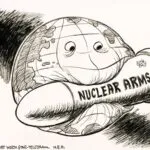
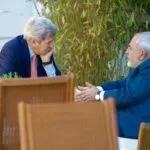
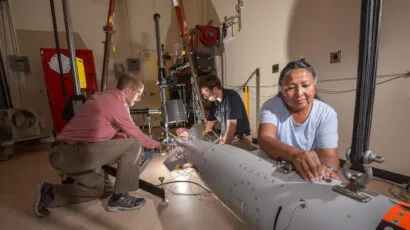
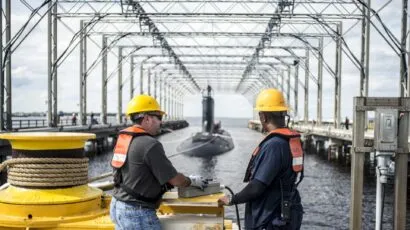

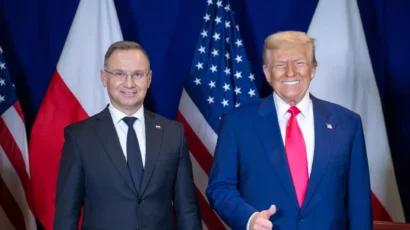

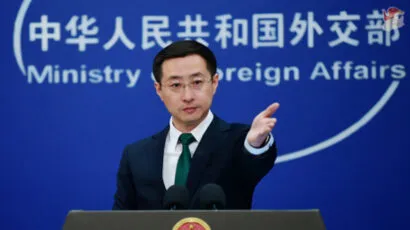
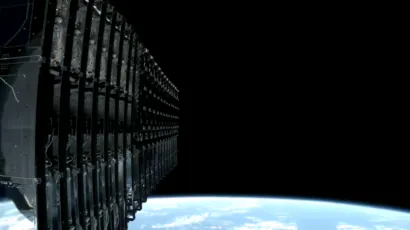
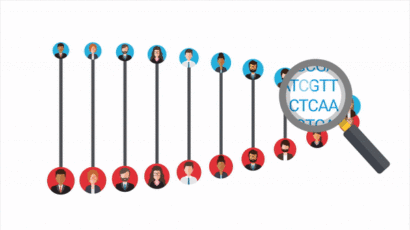
My take is more specific. Constrain Iran to < 5% enrichment and JCPOA verification procedures (plus some specific others), but don't constrain the amount of enriched U. In other words, let them have a fully verified peaceful program… without sunset clauses.